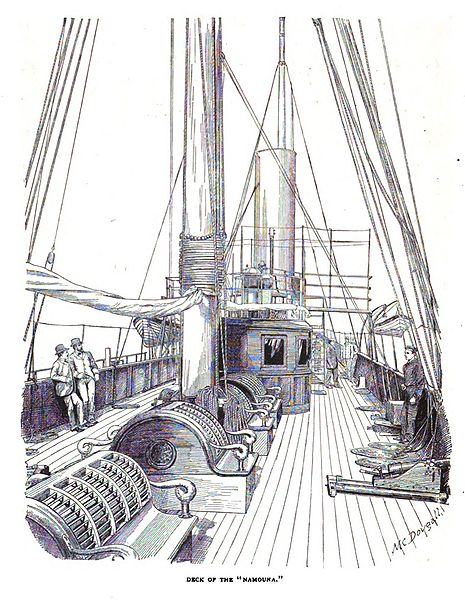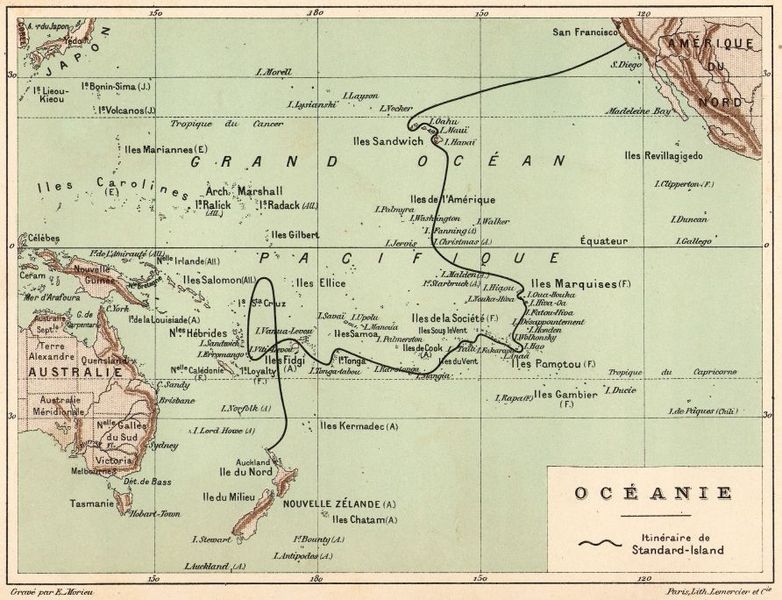 Which is the best Indexed Universal Life (IUL) carrier for tax-free policy loans for retirement income? AXA Equitable has been in 2011 a consistently leading seller for Indexed UL. Let’s compare AXA side-by-side with other carriers to see how it performs. AXA product features include four index options. But beyond reviewing specs like rate caps and guarantees, the most useful way to evaluate carriers is to run policy illustrations using the the same premium and death benefit and compare projected returns.
Which is the best Indexed Universal Life (IUL) carrier for tax-free policy loans for retirement income? AXA Equitable has been in 2011 a consistently leading seller for Indexed UL. Let’s compare AXA side-by-side with other carriers to see how it performs. AXA product features include four index options. But beyond reviewing specs like rate caps and guarantees, the most useful way to evaluate carriers is to run policy illustrations using the the same premium and death benefit and compare projected returns.
The Indexed UL structure employed here is to overfund premiums with the minimum amount of death benefit to stay within IRS rules for tax advantaged life insurance. Then in retirement income take the maximum amount of tax free loans while still retaining a lifetime death benefit.
This Indexed UL strategy is an alternative for someone in their 30’s, 40’s and 50’s to directly investing in equity markets for retirement. IULs allow you to take advantage of market gains without the downside risk.
Here’s what it looks like for a male age 44 putting in $25,000 a year for 20 years, and then starting at age 65 taking the maximum out in tax free policy loans for retirement income for the next 20 years, while retaining at least a $100,000 death benefit to age 121. The death benefit starts at about $540,000 for each carrier and increases for years 1 – 20.
| Carrier | Cash Value Year 20 |
Death Benefit Year 20 |
Loan Amount Years 21-40 |
Cash Value Year 41 |
Death Benefit Year 41 |
| Lincoln | 1,072,791 | 1,611,714 | 145,602 | 826,476 | 1,115,403 |
| North American | 1,144,104 | 1,683,029 | 147,248 | 658,775 | 981,056 |
| Minnesota Life | 1,100,898 | 1,655,898 | 137,217 | 584,737 | 876,987 |
| John Hancock | 1,085,171 | 1,323,908 | 139,719 | 614,556 | 913,093 |
| Transamerica | 1,065,637 | 1,630,637 | 95,000 | 215,254 | 346,582 |
| AXA Equitable | 995,284 | 1,534,207 | 86,402 | 98,473 | 212,604 |
| Aviva | 972,524 | 1,527,524 | 120,188 * *yrs. 21-31 only |
83,677 | 204,366 |
I quoted AXA Equitable’s S & P 500 current rate which assumes 7.55% which is below the 8% plus range of S & P 500 rates assumed by other carriers, and that does have something to do with its lower cash value and death benefit accumulations on the chart at year 20.
Regardless, AXA only uses a variable loan rate which is currently illustrated at 3% policy yeas 1-10 and 2% thereafter. The rate is the greater of 3% or published monthly average Moody’s Corporate Bond Yield. Guaranteed not to exceed 15%. They do not offer a fixed rate.
Since those loan payouts are not competitive with Lincoln’s 5% fixed rate or higher variable rates assumed by the other carriers, AXA Equitable does not appear be competitive. Best way to find out which carrier is right for you is to request that I email you free quotes in the form of policy illustrations.
Carriers & Products quoted:
Lincoln National Life Insurance Company: “Lincoln LifeReserve Indexed UL (2011)”
North American Company for Life and Health Insurance: “Rapid Builder IUL”
Minnesota Life Insurance Company: “Eclipse Indexed Life”
John Hancock Life Insurance Company: “Indexed UL”
Transamerica Life Insurance Company: “Freedom Global IUL II”
Aviva Life and Annuity Company: “Advantage Builder Series IV”
AXA Equitable Life Insurance Company: “Athena Indexed Universal Life”
call Sean (910) 328-0447
email: spdrummey@gmail.com
Disclaimer: Information and quotes are current and accurate to the best of my knowledge on November 22, 2011. Product features and rates are subject to change. Quotes are non-guaranteed projections based on current interest rates and cost of insurance. Tax information is general information only. Please seek professional tax advice for personal income tax questions and assistance.



